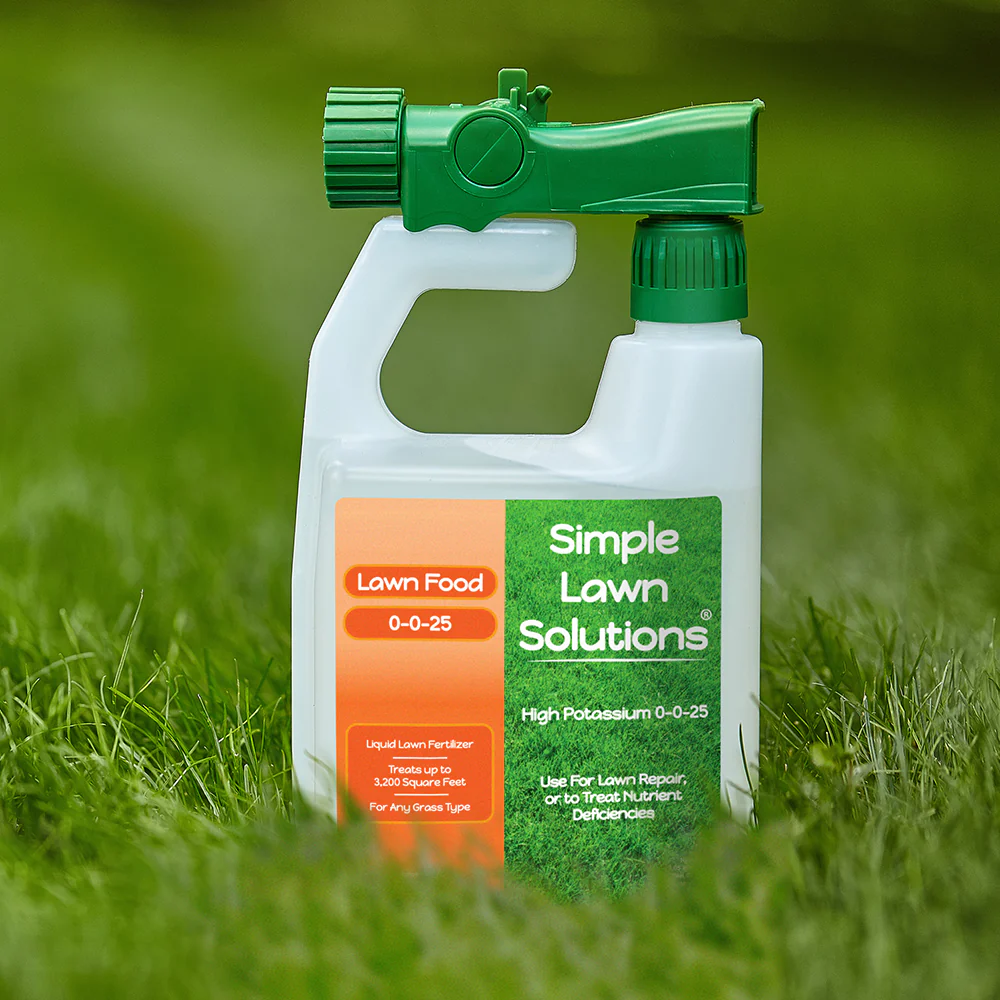Introduction
A lush, green lawn is a source of pride for homeowners and a welcoming sight for visitors. Achieving a healthy lawn requires proper care and attention, and one of the essential components of lawn care is choosing the right fertilizers and lawn solutions. In this article, we will explore the key considerations for maintaining a beautiful lawn and provide insights into selecting the best fertilizers and solutions.
1. Understanding the Basics of Lawn Care
Before diving into fertilizers and solutions, it’s crucial to understand the fundamentals of lawn care:
- Mowing: Regular mowing keeps the grass at an optimal height, preventing it from becoming stressed and encouraging healthy growth.
- Watering: Adequate watering is essential. Lawns generally need about 1 to 1.5 inches of water per week, either from rainfall or irrigation.
- Aeration: Lawn aeration involves perforating the soil with holes to allow air, water, and nutrients to penetrate the grassroots.
- Weed Control: Keeping weeds at bay is crucial to maintaining a healthy lawn.
- Fertilization: Fertilizers provide essential nutrients to your lawn, promoting healthy growth and a vibrant green color.
2. Types of Lawn Fertilizers
Several types of lawn fertilizers are available, including:
- Granular Fertilizers: These are solid particles that are spread evenly over the lawn. They release nutrients slowly over time, providing a long-lasting effect.
- Liquid Fertilizers: These are mixed with water and applied using a sprayer. They are quickly absorbed by the grass, providing a more immediate boost.
- Organic Fertilizers: Made from natural materials, organic fertilizers enrich the soil with organic matter, improving its overall health.
- Synthetic Fertilizers: These are chemically formulated and often provide a precise blend of nutrients. They can give rapid results but require careful application to prevent overuse.
3. Choosing the Right Fertilizer
When selecting a fertilizer for your lawn, consider the following factors:
- Grass Type: Different grass species have different nutrient requirements. Identify the type of grass in your lawn to choose the appropriate fertilizer.
- N-P-K Ratio: Fertilizer bags display a series of three numbers (e.g., 10-10-10), representing the nitrogen (N), phosphorus (P), and potassium (K) content. These numbers indicate the nutrient ratio in the fertilizer. The right ratio depends on your lawn’s specific needs.
- Time of Application: Fertilizers are typically applied in the spring, summer, and fall. The type of fertilizer and application timing should align with your lawn’s growth cycle.
- Soil Test: A soil test can help determine your lawn’s nutrient deficiencies, allowing you to select a fertilizer tailored to its needs.
- Environmental Considerations: Be mindful of the environmental impact of fertilizers. Choose slow-release or organic options to reduce the risk of nutrient runoff into water bodies.
4. Additional Lawn Solutions
In addition to fertilizers, consider other lawn solutions to enhance your lawn’s health:
- Weed Control: Selective herbicides can help control weeds without harming the grass.
- Insect Control: If your lawn is susceptible to insect damage, consider insecticides to protect it.
- Disease Control: Fungicides can help manage lawn diseases.
- Soil Amendments: Improve soil quality with amendments like compost or peat moss.
Conclusion
Maintaining a vibrant, healthy lawn involves more than just mowing and watering. Choosing the right fertilizers and lawn solutions is a critical part of the process. By understanding your grass type, nutrient needs, and the environmental impact of your choices, you can achieve the lush, green lawn you desire. Regular care and the use of appropriate lawn solutions will lead to a beautiful outdoor space that you can enjoy year-round.
A lush, vibrant lawn is the dream of many homeowners. Achieving that beautiful, healthy grass takes time, effort, and the right lawn solutions, with fertilization playing a central role. In this comprehensive guide, we will explore the key aspects of maintaining a healthy lawn and delve into the world of lawn solutions and fertilizers to help you achieve that perfect green carpet outside your home.
The Importance of Fertilization
Fertilization is a fundamental aspect of lawn care, as it provides essential nutrients that grass needs to thrive. Here are the key nutrients found in most lawn fertilizers:
- Nitrogen (N): Promotes healthy leaf and stem growth.
- Phosphorus (P): Supports root development and flowering.
- Potassium (K): Aids in overall plant health and disease resistance.
- Secondary Nutrients: Calcium, magnesium, and sulfur are also vital for healthy grass.
- Micronutrients: Iron, manganese, and others are required in smaller quantities but are equally important.
Types of Lawn Fertilizers
There are various types of lawn fertilizers, each with its unique characteristics:
- Granular Fertilizers: These are solid, easy-to-apply pellets or granules. They release nutrients gradually and are suitable for even coverage.
- Liquid Fertilizers: Liquid fertilizers are fast-acting and can be sprayed directly onto the lawn. They are ideal for quick results and foliar feeding.
- Slow-Release Fertilizers: These gradually release nutrients over an extended period, reducing the need for frequent applications.
- Organic Fertilizers: Made from natural materials, organic fertilizers improve soil health and long-term nutrient availability.
When and How to Fertilize
Timing and application methods are critical for successful fertilization:
- Spring Fertilization: Apply a balanced fertilizer in early spring to promote growth.
- Summer Fertilization: Feed your lawn again in late spring or early summer for sustained growth.
- Fall Fertilization: A fall application prepares your lawn for winter and promotes strong root development.
- Fertilizer Spreaders: Use a broadcast or drop spreader to ensure even distribution.
- Proper Watering: Water your lawn after fertilizing to help nutrients penetrate the soil.
Soil Testing
Before choosing a fertilizer, consider conducting a soil test. This will reveal your lawn’s specific nutrient needs and pH level. Soil testing helps you select the right fertilizer and avoid over-application, which can harm the environment.
Selecting the Right Fertilizer
The choice of fertilizer depends on factors such as grass type, soil conditions, and the specific needs of your lawn. Be sure to follow the recommendations on the product label for accurate application.
Environmental Considerations
Responsible lawn care also means being mindful of the environment. Here are some eco-friendly practices to consider:
- Choose Slow-Release Fertilizers: These minimize nutrient runoff and leaching into groundwater.
- Use Organic Fertilizers: Organic options improve soil health and are less likely to harm the environment.
- Proper Application: Avoid over-application to reduce nutrient runoff into water bodies.
- Mow High: Set your mower to a higher setting to encourage deeper root growth and reduce water consumption.
Conclusion
Achieving a lush, green lawn is a rewarding endeavor. By understanding the importance of fertilization, selecting the right type of fertilizer, and adopting eco-friendly practices, you can maintain a beautiful lawn that enhances the aesthetics of your home. Remember to follow recommended guidelines for fertilization and consult with experts or local lawn care professionals for personalized advice on lawn solutions and fertilizers that are best suited for your specific needs.





